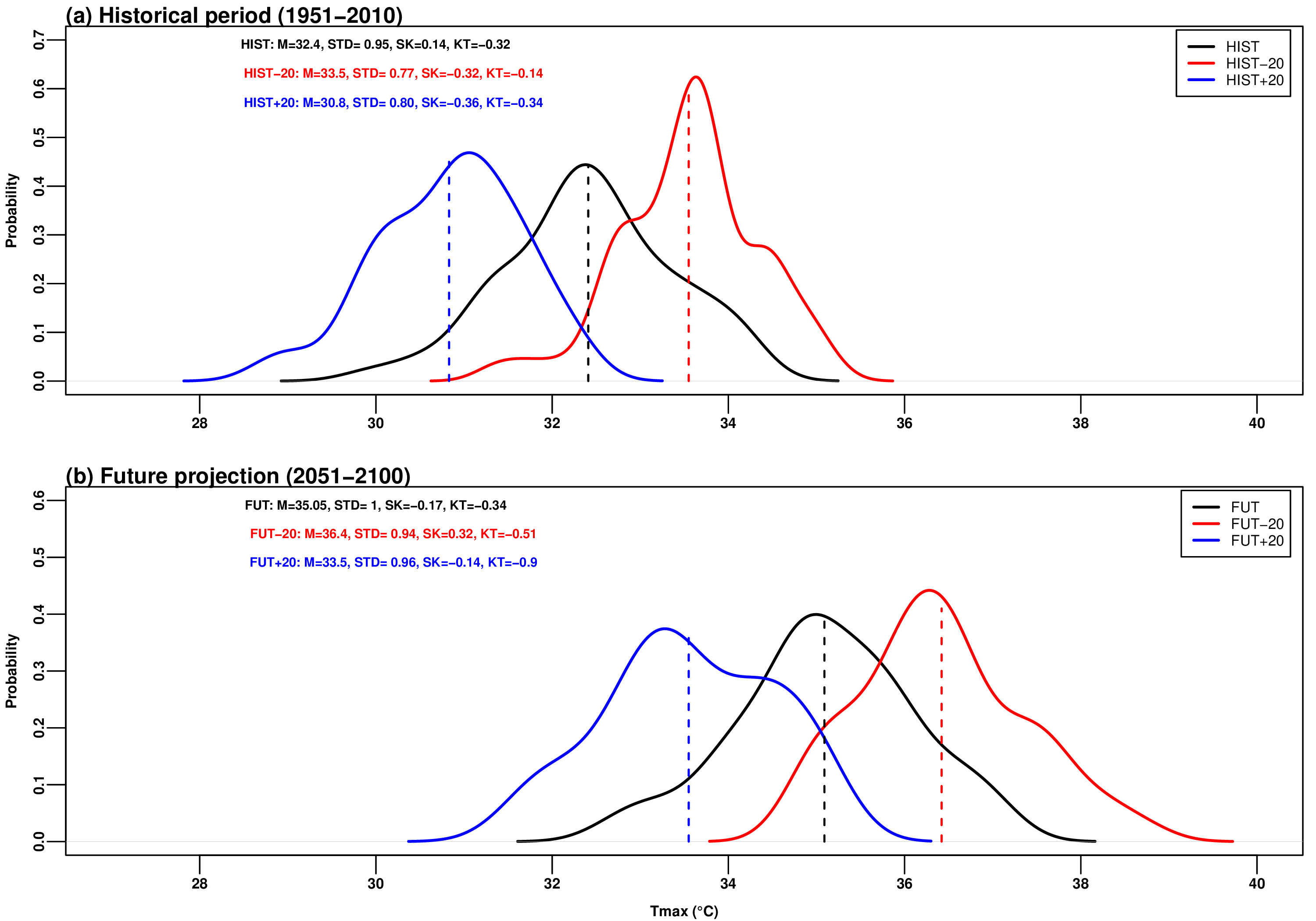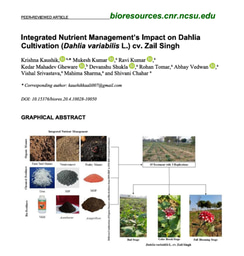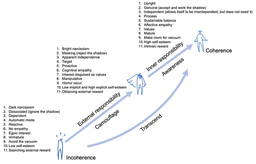Soil moisture revamps the temperature extremes in a warming climate over India
Published in Earth & Environment
Understanding long-term changes in temperature extremes (ExT) over India in past and future climate has been an important topic of research. Observations indicate that occurrence of ExT over India is linked to large-scale atmospheric circulation anomalies and regional-scale land-atmosphere feedback processes arising from soil moisture (SM) variations. In particular, SM revamps the ExT by modulating the surface energy partitioning and evapotranspiration (ET). As a crucial component of land-atmosphere coupling processes, SM also acts as temporal storage of atmospheric anomalies. Additionally, the long-term persisting nature (memory) of SM has potential to induce a pronounce impact on near-surface temperature and precipitation (PR) variability. Therefore, it is very important to understand the regional-scale SM variability using observational datasets and model simulations to get better insight into land-atmosphere feedback processes associated with extreme temperature conditions. Therefore, this study aims to investigate the impact of SM perturbations on ExT by using the Meteorological Research Institute (MRI) high-resolution (~60 km) atmospheric general circulation model (i.e. MRI-AGCM3.2) simulations (refer to sub-section Model and experimental setups for more details) for the historical period (1951–2010) and future projection (2051–2100).
Our findings show that more than 70% area of the Indian landmass has experienced significant changes in the characteristics of ExTdue to SM perturbations. In particular, it is noted that SM perturbations exert substantial control on the near-surface temperature variability over north-central India (NCI), a hotspot for soil moisture-temperature (SM-T) coupling, by altering the surface energy partitioning between sensible and latent heat fluxes, and soil moisture memory. Our findings suggest that a 20% increase of SM perturbation applied on the HIST and FUT experiments, tends to decrease the frequency and duration of ExT events over NCI by nearly 60–70% and 20–30%, respectively. Conversely, a 20% decrease of SM perturbation applied on the HIST and FUT experiments, tends to increase the frequency and duration of ExT events over NCI by nearly 60–100% and 15–40%, respectively. In other words, it turns out that the impact of SM perturbations on the frequency and duration of ExT events over NCI becomes less prominent in the future (FUT) 4 K warming scenario as compared to the historical (HIST) climate. We note that this reduced impact of SM perturbations on ExT in FUT, as compared to HIST, is related to the increase of PR and SM over the Indian region which causes a decrease in the temperature difference between the surface and near-surface atmosphere (i.e. 2 m air temperature), decrease of Bowen ratio and decrease of sensible heat flux from the surface to the atmosphere.

Follow the Topic
-
npj Climate and Atmospheric Science

This journal is dedicated to publishing research on topics such as climate dynamics and variability, weather and climate prediction, climate change, weather extremes, air pollution, atmospheric chemistry, the hydrological cycle and atmosphere-ocean and -land interactions.
Related Collections
With Collections, you can get published faster and increase your visibility.
Modeling of Airborne Composition and Concentrations
Publishing Model: Open Access
Deadline: Mar 31, 2026
Inter-Basin Dynamics: Cross-Ocean Interactions and Decadal Forecasting
Publishing Model: Open Access
Deadline: Apr 30, 2026






Please sign in or register for FREE
If you are a registered user on Research Communities by Springer Nature, please sign in